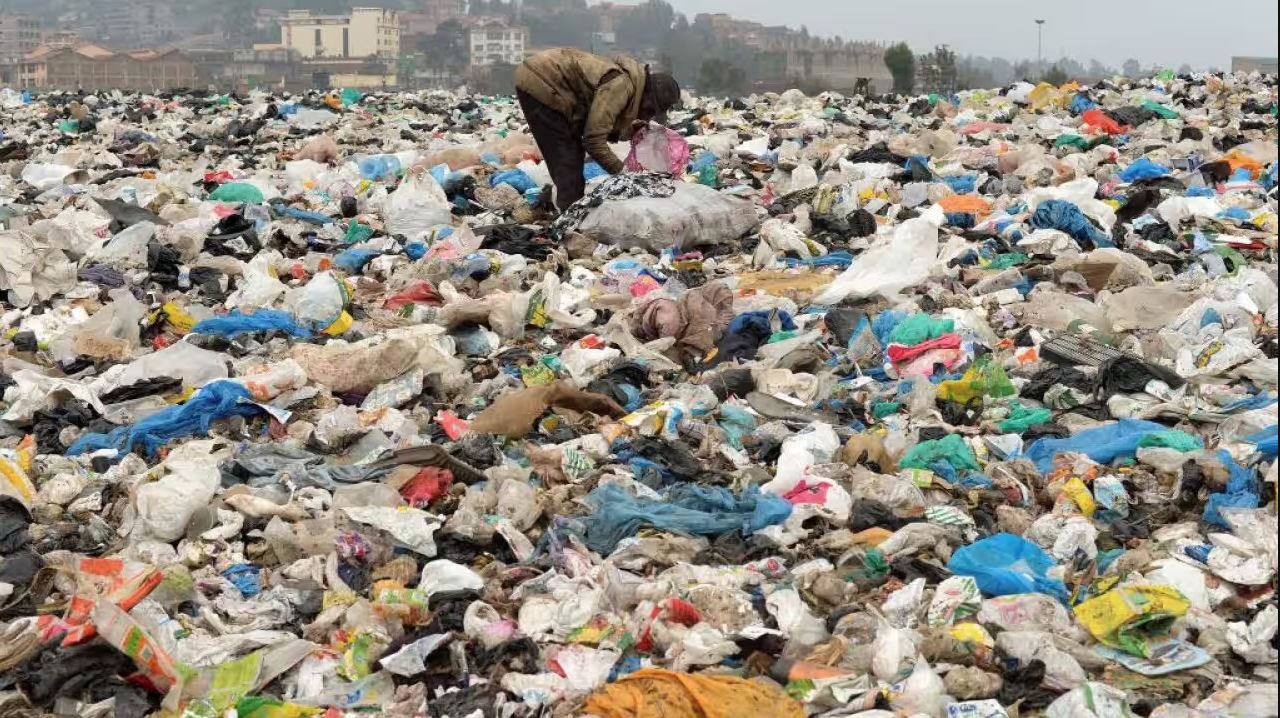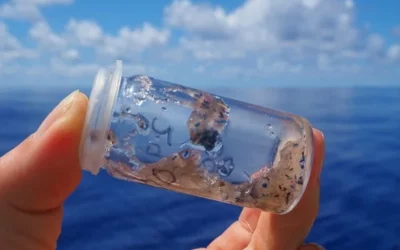California’s pioneering ban on single-use plastic bags, initiated a decade ago, aimed to curb plastic waste but has encountered unintended consequences, leading to an increase in plastic bag waste. Despite the passage of the Single-Use Carryout Bag Ban (SB 270) in 2014 in California, there has been an increase the total amount of weight of per plastic discarded from 4.08 tons to 5.89 tons per 1000 people(Meiffren-Swango et al., 2024) because many people continue to use thicker “reusable” plastic bags as single-use bags. Recent legislation know as the Plastic Pollution Prevention and Packaging Producer Responsibility Act (SB 54) is the first step in addressing this issue while shifting the responsibility to recycle from the consumer to the producer (Rust, 2024). Since, the producer is the one who profits from the use of plastics this makes a tremendous amount of sense.
The original legislation allowed for the distribution of thicker, “reusable” plastic bags for a nominal fee, but these bags, often not reused, contributed to a significant rise in plastic waste. The thicker bags, made from high-density polyethylene (HDPE), were meant to be a more sustainable alternative but have largely failed to be recycled in consumer settings. This loophole has prompted California lawmakers to propose new legislation aimed at eliminating these heavier plastic bags. The initiative reflects a broader recognition of the growing plastic pollution problem, with plastic found in the most remote parts of the planet and associated with various health risks due to the chemicals and heavy metals they contain. The new push for legislative reform is supported by insights from recent research on plastic’s environmental impact and the limitations of recycling as a solution to plastic waste.
The state’s response includes exploring broader strategies beyond bag bans, such as Extended Producer Responsibility (EPR) policies, which shift the responsibility for waste management from consumers to producers. A notable example is SB 54, signed into law in 2022, which mandates a reduction in single-use plastics and sets recycling targets for plastic products (Rust).
California’s efforts, both past and present, reflect an ongoing commitment to addressing the complex challenges of plastic pollution, with the state continuing to adapt its legislative approaches based on lessons learned and evolving environmental priorities.
Meiffren-Swango, C., Engstrom, J., & Sokolow, L. (2024, January 17). Plastic bag bans work. CALPIRG. https://pirg.org/california/resources/plastic-bag-bans-work/
Rust, S. (2024, February 12). California’s war on plastic bag use seems to have backfired. Lawmakers are trying again. Los Angeles Times. https://www.latimes.com/environment/story/2024-02-12/californias-war-on-plastic-bag-use-seems-to-have-backfired





